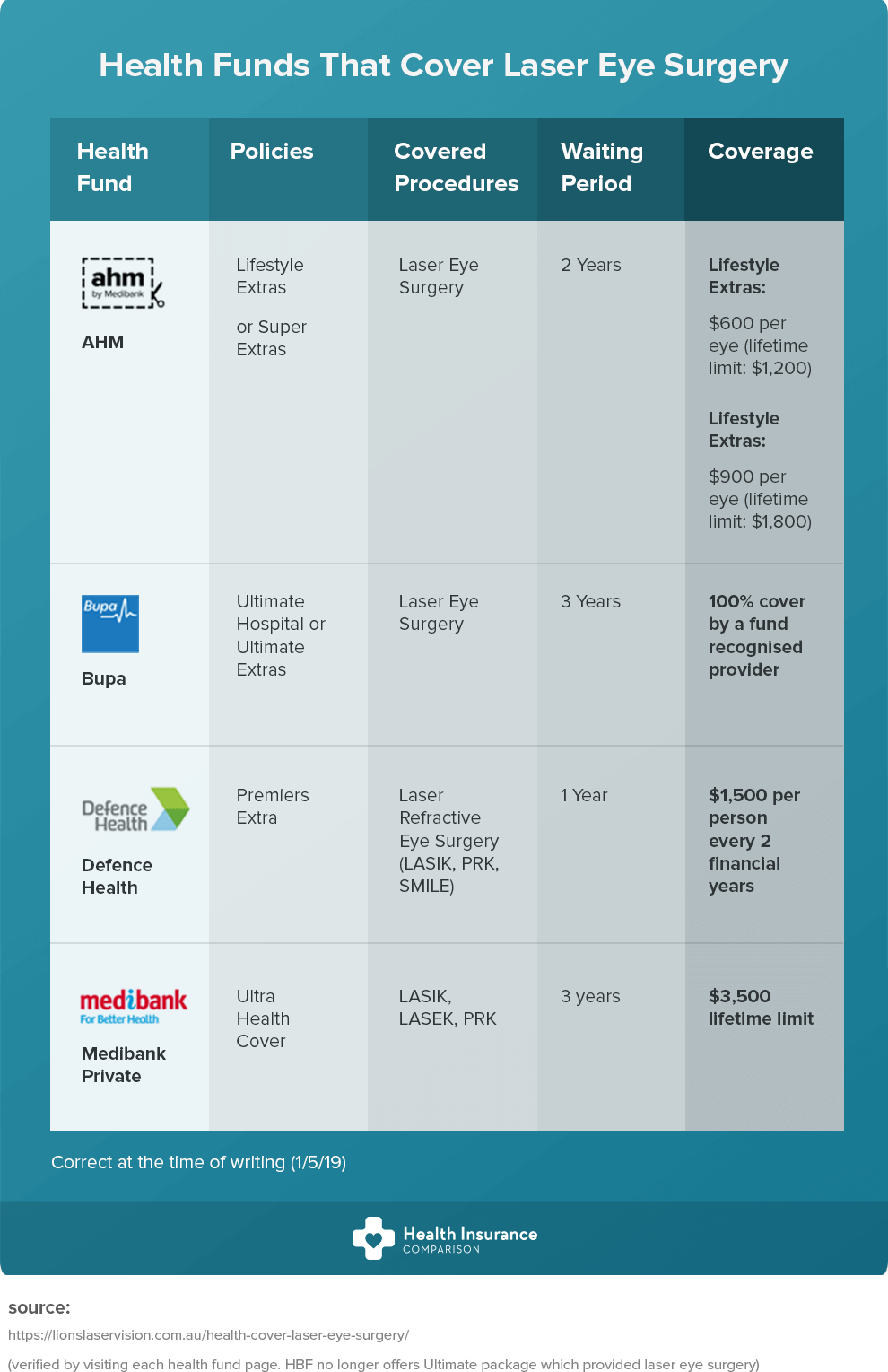Thinking Of SMILE Surgery? Analyze Important Components And Understandings That Can Equip You To Make An Informed Choice Regarding Your Sight'S Future
Thinking Of SMILE Surgery? Analyze Important Components And Understandings That Can Equip You To Make An Informed Choice Regarding Your Sight'S Future
Blog Article
LASIK Surgery Hollywood -Lundgreen Patel
If you're considering SMILE eye surgical treatment, consider this: are you prepared to accept possible aesthetic flexibility, or does the thought of any dangers make you hesitate? Your decision will rest on a mindful balance of evaluating the advantages versus the uncertainties. It's important to dive deeper into the subtleties of SMILE surgery to make an enlightened choice that lines up with your visual goals.
Comprehending SMILE Eye Surgical Treatment
When thinking about SMILE Eye Surgical treatment, it is very important to recognize the procedure and its advantages. SMILE, which means Small Cut Lenticule Removal, is a minimally invasive laser eye surgery that remedies typical vision problems like myopia (nearsightedness).
During the procedure, your eye doctor will utilize a femtosecond laser to produce a tiny laceration in your cornea. Through this cut, a small disc of cells called a lenticule is eliminated, improving the cornea and remedying your vision.
Among https://www.dovepress.com/effects-of-3-trehalose-as-an-adjuvant-treatment-after-lasik-peer-reviewed-fulltext-article-OPTH of SMILE Eye Surgical treatment is its quick recuperation time. Numerous people experience improved vision within a day or more after the treatment, with marginal discomfort.
Furthermore, SMILE is known for its high success price in supplying long-term vision improvement. Unlike LASIK, SMILE does not need the production of a flap in the cornea, minimizing the threat of problems and permitting an extra stable corneal structure post-surgery.
Comprehending the treatment and its advantages is crucial when considering SMILE Eye Surgical procedure for vision adjustment.
Pros and Cons of SMILE
Considering SMILE Eye Surgery for vision adjustment features numerous benefits and potential disadvantages.
Among the primary pros of SMILE is its minimally invasive nature, as it includes a tiny incision and generally causes quick healing times. The procedure is additionally recognized for creating very little discomfort and dry eye signs and symptoms post-surgery contrasted to other vision adjustment approaches. Additionally, SMILE has been revealed to provide superb visual end results, with lots of patients accomplishing 20/20 vision or better.
On the other hand, a potential con of SMILE is that it might not be suitable for individuals with serious refractive mistakes, as the therapy array is rather minimal compared to LASIK. Another factor to consider is that the understanding contour for specialists carrying out SMILE can influence the availability of knowledgeable providers in specific locations.
It is essential to evaluate these advantages and disadvantages meticulously when choosing if SMILE is the right option for your vision correction needs.
Determining Eligibility for SMILE
To determine if you're eligible for SMILE eye surgical procedure, your ophthalmologist will perform a comprehensive analysis of your eye wellness and vision requirements. Throughout this evaluation, variables such as the stability of your vision prescription, the density of your cornea, and the general health and wellness of your eyes will certainly be assessed.
Typically, candidates for SMILE more than 22 years old, have a secure vision prescription for at least a year, and have healthy and balanced corneas without conditions like keratoconus.
Your ophthalmologist will likewise consider your overall eye health, any type of existing eye conditions, and your way of life needs to establish if SMILE is the best option for you. It's vital to connect any kind of specific visual needs or problems you might have during this assessment to ensure that the therapy lines up with your expectations.
If you aren't eligible for SMILE, your optometrist might advise alternative vision adjustment alternatives that far better fit your specific requirements and eye health and wellness condition.
Conclusion
Ultimately, deciding whether SMILE eye surgery is right for you needs cautious consideration of your private eye health and visual demands. Consult with your optometrist to establish your eligibility for the procedure and weigh the prospective benefits and downsides. Bear in mind to interact any type of issues or concerns you might have throughout the evaluation procedure to make an informed decision about your vision adjustment options.
